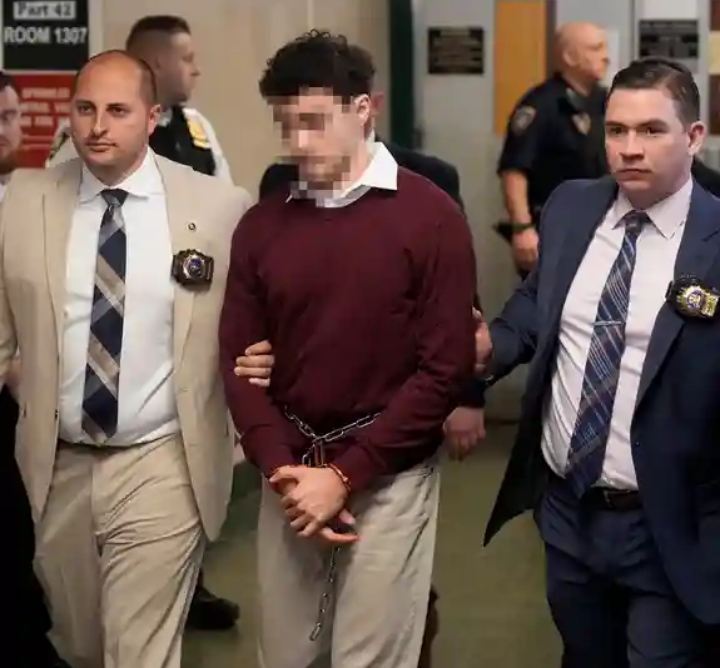US Attorney General Pam Bondi has directed prosecutors to seek the death penalty for Luigi M., accused of killing UnitedHealthcare CEO Brian Thompson in December 2024. This follows an executive order from President Trump to pursue the death penalty in applicable federal cases. M.'s lawyer called the decision "barbaric."
US Seeks Death Penalty for Man Accused of Killing UnitedHealthcare CEO


US Attorney General Pam Bondi has announced that she has directed prosecutors to pursue the death penalty for Luigi M., who is accused of fatally shooting an American health care executive.
Luigi M. faces both federal and state murder charges following allegations that he shot and killed UnitedHealthcare CEO Brian Thompson outside a New York hotel in December 2024.
In a statement released on Tuesday, Bondi described the incident as a calculated and ruthless act.
"The murder of Brian Thompson — an innocent man and father of two young children — was a premeditated, cold-blooded assassination that shocked America," Bondi stated. "After careful consideration, I have directed federal prosecutors to seek the death penalty in this case."
She further characterized the killing as "an act of political violence" that "may have posed a grave risk of death to additional persons."
Meanwhile, some critics of the U.S. healthcare system have rallied around Luigi M., viewing him as a symbol of frustration over high medical costs and the power that insurance companies wield in denying coverage for certain treatments.
Luigi M.’s attorney, Karen Friedman Agnifilo, strongly condemned the decision to seek the death penalty, calling it "barbaric."
"While claiming to protect against murder, the federal government moves to commit the premeditated, state-sponsored murder of Luigi," Friedman Agnifilo said in a statement.
M. has pleaded not guilty to the New York state charges of murder, which include accusations of terrorism and weapons offenses.
New York does not have the death penalty for state crimes, meaning that if convicted at the state level, M. could face life imprisonment without the possibility of parole.
At the federal level, he has not yet entered a plea. If he is convicted in federal court, the trial would enter a separate phase where the jury would decide whether to recommend the death penalty.
For the death penalty to be imposed, the jury’s decision must be unanimous, and the judge would be required to enforce it.
This case marks the first instance in which the Justice Department has sought the death penalty since President Donald Trump returned to office in January.
On his first day back in office, Trump signed an executive order requiring the Justice Department to seek the death penalty in all applicable federal cases.
This policy reverses the approach taken under the Biden administration, which had halted federal executions.
Trump, a strong proponent of capital punishment, oversaw 13 executions in the final months of his previous term, an unprecedented number in modern U.S. history. He has since continued to advocate for expanding the use of the death penalty.

 বাংলা
বাংলা  Spanish
Spanish  Arabic
Arabic  French
French  Chinese
Chinese 
